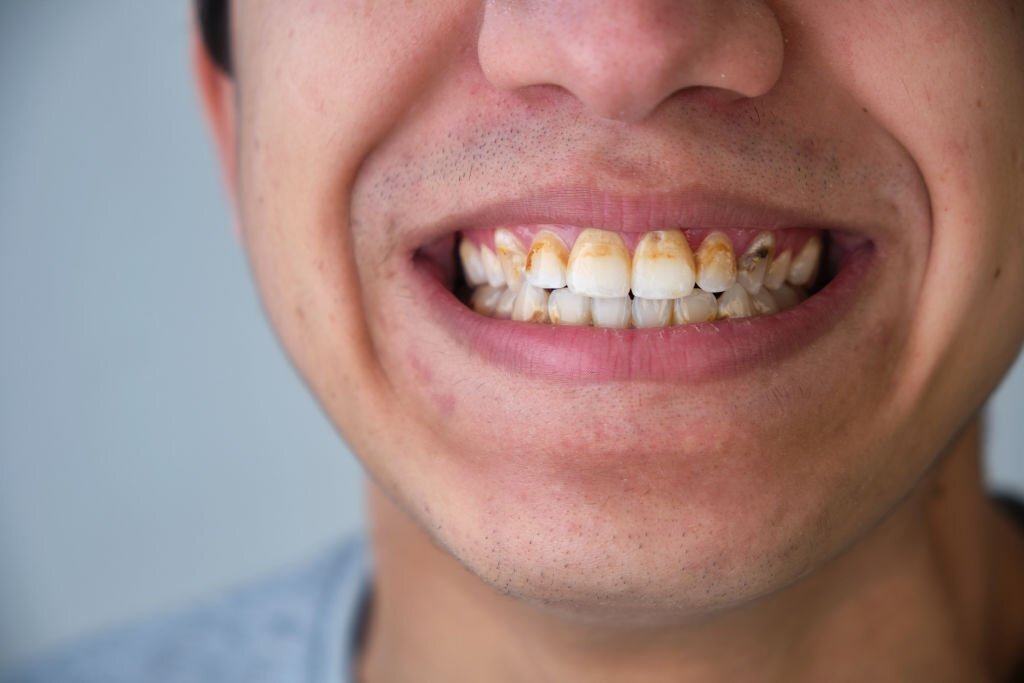Introduction
A bright, white smile is a symbol of beauty and confidence. Many people invest time and money in teeth whitening treatments to achieve a dazzling smile. However, the foods and drinks we consume can have a significant impact on the brightness of our teeth. Certain substances are notorious for staining teeth, undoing the effects of teeth whitening and causing discoloration. In this blog, we will explore the common foods and drinks that stain teeth and provide tips on how to preserve your teeth whitening results for a long-lasting, radiant smile.
Understanding the Staining Mechanism
To comprehend how certain foods and drinks stain our teeth, we must first understand the structure of teeth. The outer layer of the tooth is called enamel, a hard and protective covering. Beneath the enamel lies a porous layer called dentin, which is naturally yellowish in color. The combination of enamel and dentin determines the color of our teeth.When we consume staining substances, the pigment molecules in these foods and drinks adhere to the enamel, causing extrinsic stains. Additionally, some substances are acidic, which can temporarily soften the enamel, making it more susceptible to staining. Over time, these stains can become more embedded, leading to more challenging removal and a darker appearance.
Foods and Drinks That Stain Your Teeth
Coffee:
One of the most common culprits, coffee contains intense pigments called tannins that readily adhere to enamel, causing yellowish-brown stains.
Tea:
Black tea, in particular, contains tannins and can stain teeth similar to coffee.
Red Wine:
The deep color of red wine can lead to stains on teeth, and its acidity can weaken enamel, making teeth more vulnerable to other staining agents.
Colored Berries:
Blueberries, blackberries, and other intensely colored berries contain powerful pigments that stain teeth.
Tomato-based Sauces:
Tomato sauces, such as those used in pasta and pizza, contain acidic compounds and pigments that contribute to teeth staining.
Curry:
The vibrant color of curry comes from pigments that can stain teeth, especially if consumed regularly.
Balsamic Vinegar:
Dark-colored and acidic, balsamic vinegar can lead to teeth discoloration over time.
Soy Sauce:
It’s dark hue and acidic nature make soy sauce a potential culprit for teeth staining.
Sports and Energy Drinks:
These beverages often contain artificial coloring and high acidity levels, promoting stains on teeth.
Sodas and Colas:
Dark sodas and colas contain both pigments and acids that contribute to teeth staining.

Preserving Teeth Whitening Results
While it may be challenging to completely avoid all staining substances, there are several strategies you can adopt to preserve your teeth whitening results and maintain a bright smile:
Practice Good Oral Hygiene:
Brush your teeth at least twice a day and floss regularly to remove surface stains and plaque buildup.
Rinse After Consumption:
Whenever you consume staining substances, rinse your mouth with water immediately afterward to minimize their contact with your teeth.
Use a Straw:
When drinking staining beverages, use a straw to direct the liquid away from the front surfaces of your teeth.
Limit Consumption:
Moderation is key. Try to limit the intake of staining foods and drinks, and opt for lighter-colored options when possible.
Chew Sugarless Gum:
Chewing sugarless gum after meals can help increase saliva flow, which aids in neutralizing acids and removing food particles.
Eat Crunchy Fruits and Vegetables:
Foods like apples, carrots, and celery act as natural abrasives, promoting saliva production and reducing plaque buildup.
Drink Through a Glass:
Instead of sipping staining beverages over an extended period, drink them quickly and through a glass rather than letting them linger in your mouth.
Consider Whitening Toothpaste:
Whitening toothpaste with gentle polishing agents can help remove surface stains and maintain the brightness of your teeth.
Use a Soft-Bristled Toothbrush:
A soft-bristled toothbrush is less abrasive on enamel, helping to prevent damage to your teeth.
Regular Dental Check-ups:
Regular visits to your dentist are essential for maintaining optimal oral health and identifying any potential dental issues early on.
Handling Stains and Touch-ups
Even with the best efforts, some teeth staining may occur over time. Here are some methods for handling stains and touch-ups:
Professional Cleanings:
Regular dental cleanings can remove surface stains and help maintain the results of teeth whitening.
At-Home Whitening Products:
Consider using at-home touch-up products provided by your dentist to maintain the whiteness of your teeth between dental visits.
Professional Whitening Touch-ups:
For more significant staining, consult with your dentist for professional teeth whitening touch-ups.
Avoid DIY Hacks:
Be cautious of DIY teeth whitening hacks, as some may cause more harm than good, especially when attempting to remove tough stains.
Conclusion
Teeth whitening is an effective way to achieve a bright, radiant smile. However, certain foods and drinks can sabotage your efforts by causing stains on your teeth. By being mindful of what you consume and adopting proper oral hygiene practices, you can preserve your teeth whitening results and enjoy a beautiful smile for years to come. Remember, regular dental check-ups and professional cleanings are essential components of maintaining optimal oral health and a dazzling smile.


